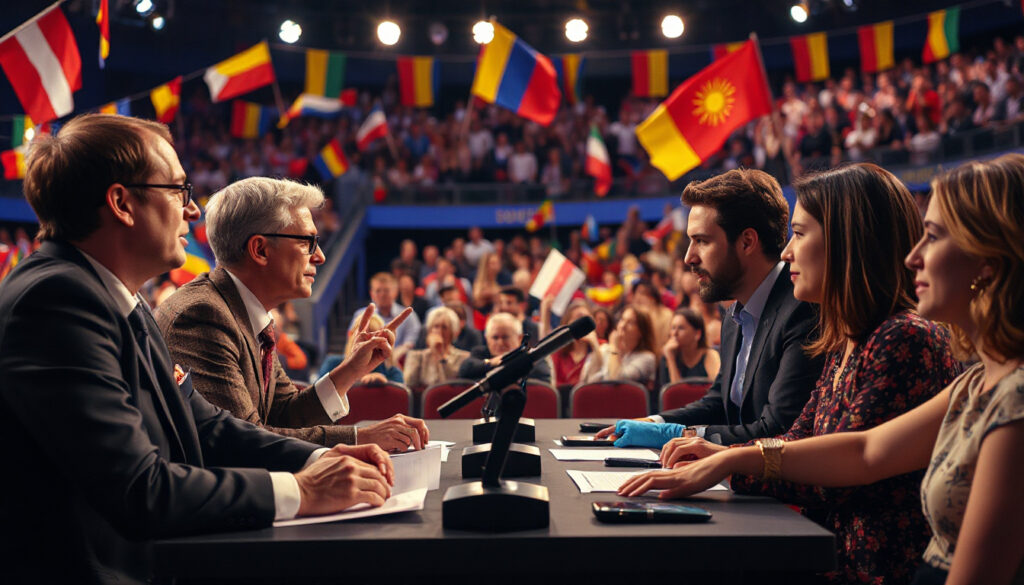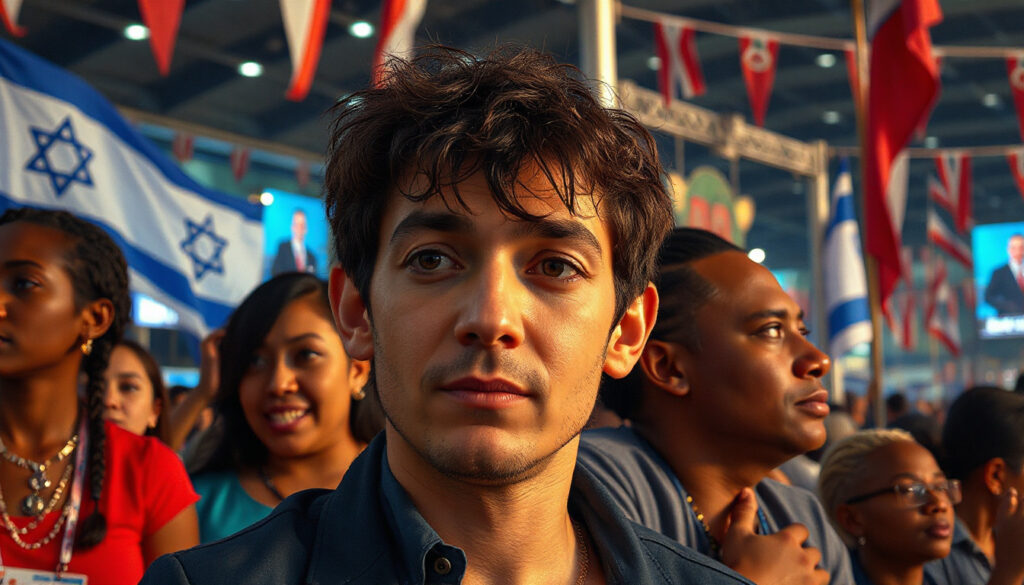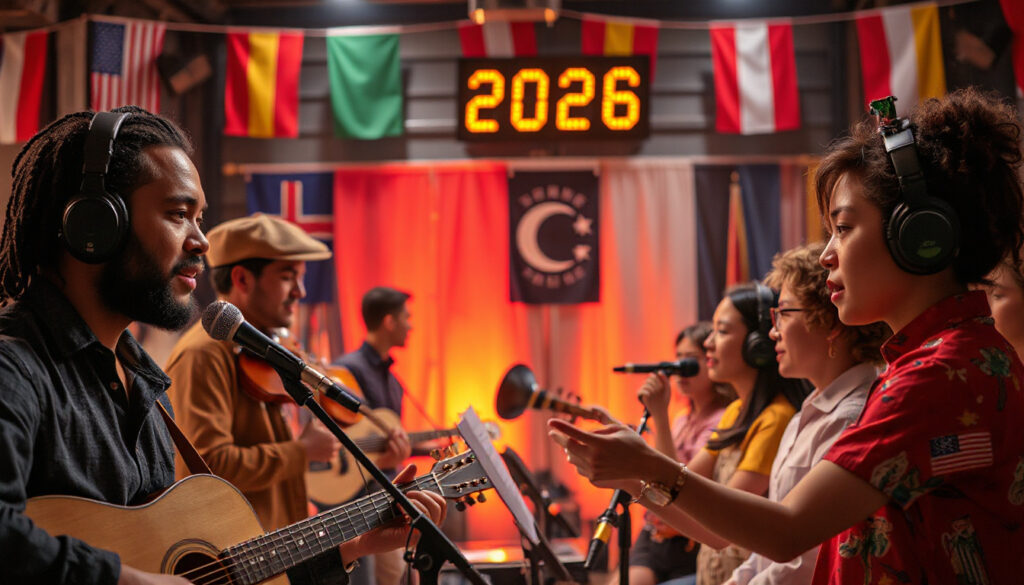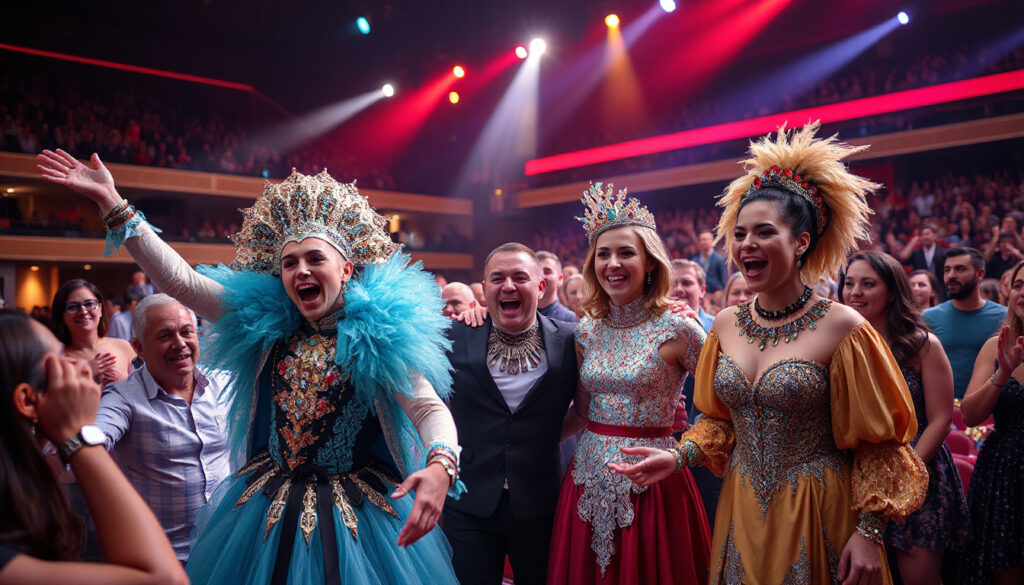Eurovision stays a contest of music and votes. Fans watch the acts and then seek the vote counts. The contest in 2026 nears. People note both the jury panels and the public votes since each carries its own weight. Both sides help decide the final win. We compare these forces, see past trends, and learn new points. The contest shows taste, culture, and love of music in Europe and beyond.

Why Does the Jury vs Televote Split Matter?
In 2009, Eurovision set a split vote. Professional juries cast one half of the score. Public votes fill the other half. Each group holds equal stand. Experts grade music quality and live stage work. The public gives its own view of the act. At times, the contest shows a sharp gap between the groups. Wins and high placements shift with each side. Fans argue about fairness and the true voice of the people.
-
It builds trust in the event.
Both groups see music in their own way. Jurors fix on skill, new ideas, and art. The public values a strong feeling, stage charm, and local ties. -
It guides how nations plan their act.
Countries shape a song to please jurors, public voters, or both. They work on the tune, the live show, and choose the singer with care. -
It changes the viewer’s experience.
Quick shifts from jury top picks to public favorites may cause some confusion. These jumps change how fans follow the contest.
Key Historical Trends in Jury and Televote Splits
1. Diverging Winners Are Increasingly Common
After the split vote began, some winners claimed both sides. In recent times, many winners lead with only one side. In 2025, Austria’s JJ reached the top even with low public votes. This rare result shows a stronger push from the juries.
2. Juries Often Reward Artistry Over Popularity
Jurors work in music. They grade songs on tune, voice, and style. At times, juries pick songs that show deep care. These songs do not always win over the public. In 2025, Israel’s song led in public votes but earned few jury points. Public cheer and jury praise can differ.
3. Geographic and Cultural Influences Shape Voting
Public votes carry hints of geography and culture. Viewers sometimes choose nearby countries or those with shared bonds. Juries count to balance this trend. In 2026, Austria won; in 2025, Switzerland triumphed. Two neighbors won one after the other. This shows that region can play a role.
4. Jury and Televote Results Reveal Unpredictability
In 2025, the winner got the fewest total points since 2011. There was no clear public favorite. This proves the contest does not hinge on one great act. Many parts join in—good tune, stage show, public love, and expert view.
Understanding the Eurovision 2026 Voting System
The 2026 contest keeps the 50/50 vote split between juries and public votes. Here is how it works:
- Each nation gives a jury vote and a public vote for their top 10 songs.
- Points go out on a 12, 10, then 8 to 1 scale for these songs.
- The sum of these points sets the ranking and the winner.
- Public votes now include online votes from extra audiences along with phone and SMS votes.
How Countries and Fans Can Handle Jury vs Televote Differences
For countries that take part, knowing the split helps shape the act:
-
Match musical skill with mass appeal.
Songs that are well made and move the heart do best with both groups. -
Work on stage presence and strong singing.
Jurors value good technique while the public cheers for a lively show. -
Keep local ties in mind.
Nearby bonds may sway public votes, but winning beyond borders helps with expert points. -
Use online links smartly.
Since the contest counts online votes, building support from abroad may boost public scores.
For fans, seeing why jury and public votes do not match adds to the thrill. It invites fair talks about each performance and the winner’s standing.
What Eurovision 2026 Might Reveal
In 2025, Austria won when jury points outdid public votes. The 2026 contest may bring new surprises. Watch if public and jury votes will match or differ. Look at how entries from neighbor countries perform. See if expert points swing the result more than mass votes. Notice any shifts as new voting tools and bigger online groups come in.
Takeaways for Eurovision Enthusiasts
- The split of jury and public votes makes the contest hard to predict.
- Winning songs need to click with both experts and the audience.
- Local ties may sway the public vote, yet juries work to balance them.
- Keeping up with trends helps fans follow and enjoy the contest more.
Eurovision 2026 will shine a light on both jury and public votes. This contest is a rich ground for study and fun.
If you love Eurovision and want to know more about voting changes, follow the national shows, the jury groups, and new voting ideas as the contest nears. Knowing these parts turns watching Eurovision from simple viewing to a fun search in music, culture, and shared taste. The push and pull between expert points and public votes will make Eurovision 2026 a show to watch.







